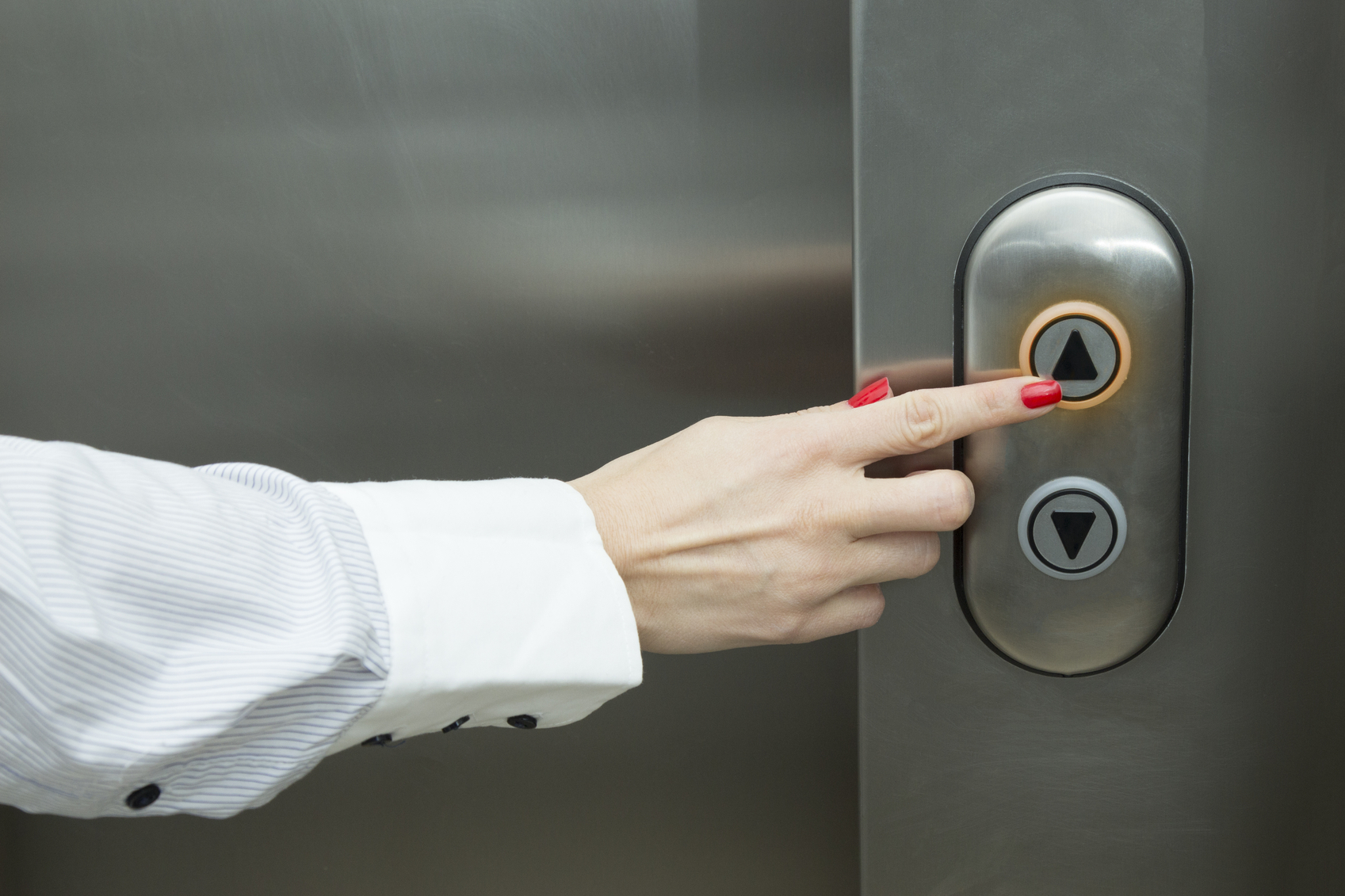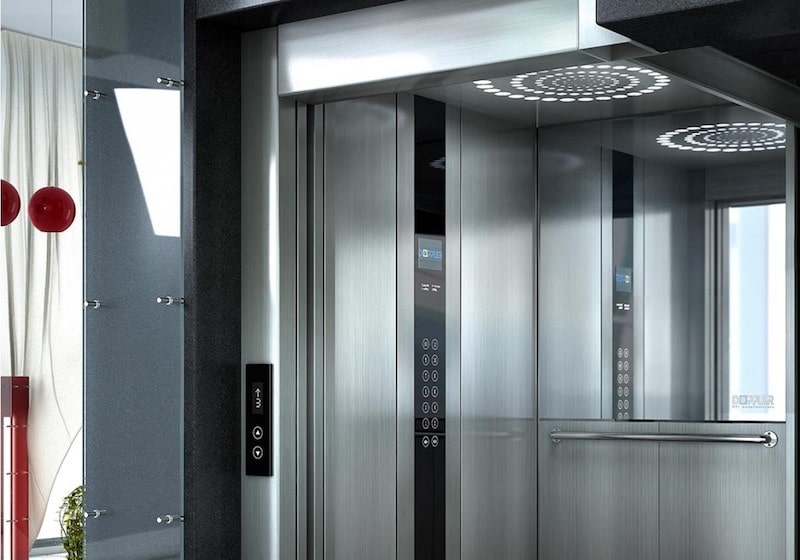Looking Into the World of Elevators: Common Problems Faced by Numerous Lift Devices
As we browse through the vertical transport systems of modern buildings, elevators stick out as an important part of our day-to-day lives. Nonetheless, behind their seamless operation exists a globe of elaborate systems that can often experience obstacles. From hydraulic elevators to traction systems and machine-room-less styles, each lift type features its collection of typical problems. Understanding these difficulties is critical for making sure the smooth functioning of these important systems. Let's discover the intricacies that underlie the procedure of elevators and the potential concerns that can occur, dropping light on the complex web of lift devices.
Hydraulic Lifts
Hydraulic lifts, frequently favored for low-rise buildings, make use of fluid pressure to regulate the motion of the lift cars and truck (lift repair companies). This mechanism includes a hydraulic pump pressing oil right into a cylinder, creating the lift to relocate in the desired direction. While hydraulic lifts are known for their smooth and quiet operation, they do come with their very own set of common issues
One common trouble with hydraulic elevators is oil leak. Additionally, issues with the control system, such as faulty shutoffs or a malfunctioning pump, can create disruptions in the lift's activity.
Routine maintenance and timely fixings are vital to guarantee the smooth functioning of hydraulic elevators. By dealing with these typical issues proactively, building owners can decrease downtime and make certain the security and effectiveness of their vertical transportation system.
Traction Elevators
When taking into consideration vertical transportation systems in buildings, an additional typical type apart from hydraulic lifts is the traction lift. Traction elevators run using a system of ropes and counterweights that relocate the elevator car by grasping onto the hoist ropes. This mechanism permits for smoother and quicker upright transport contrasted to hydraulic systems.
Among the common issues dealt with by grip lifts is rope wear. The constant movement of the ropes within the traction system can lead to tear and wear in time, possibly causing the lift to malfunction or become hazardous for usage. Regular examinations and maintenance of the ropes are vital to guarantee the elevator's appropriate performance and safety.
An additional problem that traction elevators may experience is associated with the control system. Problems with the control system can result in issues such as irregular movement, delays in feedback times, or perhaps full shutdowns. Routine screening and upkeep of the control system are essential to avoid such concerns and ensure the lift's integrity.
Machine-Room-Less (MRL) Elevators

One of the crucial elements of MRL elevators is the small gearless traction maker that is set up within the hoistway. This equipment effectively drives the lift car without the requirement for large tools found in standard traction lifts. Additionally, MRL lifts usually utilize a counterweight system to stabilize the auto, further improving their energy efficiency.
Regardless of their advantages, MRL elevators may face obstacles connected to maintenance and informative post repair service due to the constrained room for devices installation. Accessibility for servicing elements within the shaft can be restricted, requiring specialized training for specialists. Proper maintenance routines and routine assessments are essential to ensure the continued smooth procedure of MRL elevators.
Overloading and Weight Limitation Issues
Straining and weight limitation concerns are vital issues in lift operations. Elevator manufacturers design raises with details weight abilities to ensure guest safety and security and devices durability.
When elevators are overloaded, it places extreme strain on the electric motor, wires, and various other parts, potentially triggering malfunctions or break downs. If they find excess weight, safety devices such as sensing units and overload sensors are in area to protect against lifts from moving. Additionally, going beyond weight limits can lead to increased power usage and damage on the recommended you read lift system.
To reduce overwhelming issues, building supervisors must prominently display weight limitations in elevators and inform passengers on the relevance of sticking to these restrictions - lift repair companies. Normal upkeep checks by certified service technicians can additionally assist make sure that lifts are operating within secure weight criteria. By resolving overloading and weight limitation issues proactively, structure proprietors can boost elevator security and performance
Electric System Failings
Going beyond weight limits in lifts can not just lead to mechanical issues but likewise possibly contribute to electric system failures within the lift facilities. Electrical system failures are a vital concern in lift operation, as they can cause unforeseen closures, malfunctions, or even safety and security dangers.
Normal upkeep and inspections are vital to recognize and deal with possible electric issues quickly, making certain the risk-free and reliable operation of lift systems. By adhering to weight limits and conducting regular electrical system checks, structure proprietors can mitigate the risk of electric failures in elevators.
Final Thought

Hydraulic elevators, commonly favored for low-rise buildings, use fluid pressure to control the movement of the elevator car.When considering vertical transport systems in structures, one more common kind aside from hydraulic lifts is the traction lift. Grip elevators run using a system of ropes and weights that move the elevator car by clutching onto the hoist ropes. Unlike conventional elevators that call for a different machine room to house the tools, MRL lifts integrate most of the elements within the shaft, getting rid of the need for a devoted equipment area.In conclusion, lifts face common problems such as hydraulic breakdowns, grip system failings, and electric system problems.